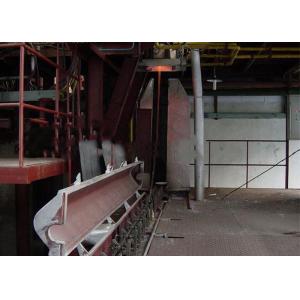

Add to Cart
Deep Plate, White Glass Plate, 10 Inch, Glass Processing Plant
1. Brief introduction
Glass is a special amorphous inorganic nonmetallic material. The
main component is silicate, a non-crystalline solid with an
irregular structure.
Opal glass is a kind of glass material formed by opactifying effection produced from tiny particle in fluoride via light scatting effect.
At present, the opal glass is a regularly used glass product in daily life.
2. Advantage
3. Materials of opal glass
Stable chemical components in the raw materials are very important,
especially the content of fluor and sodium fluosilicated, which
will affect the opacifying effect.
To produce high quality product of opal glass, a high quality of silica sand shall be reqruied. The main materials to produce opal glass are below,
| Item | Description |
| 1 | Silica sand |
| 2 | Aluminium hydroxide / Feldspar |
| 3 | Fluor / sodium fluosilicated |
| 4 | Calcite / limestone |
Glass melting is a very complex process, it includes physical, chemical and physicochemical phenomena and reaction. These phenomena and reaction lead the mechanical mixed raw materials to complex melting glass liquid.
4. Main equipment of forming device
Gob Feeder / Serve Gob Feeder
Shear angle:adjustable between RH30°- LH 90°
Available for S.G, D.G and T.G.
Use continue cam in different section.
Pneumatic mold clamping, usually use 5 bar compressor air for
stronger clamping the mold.
Transfer ware is designed for conveying the glass product from I.S.machine or press machine to cross conveyor in front of the annealing lehr quickly and stably, which is especially applicable to high-speed glass production line.
Cross conveyor is installed in front of annealing lehr for cross conveying the glass product and works with stacker to push them into annealing lehr.
Stacker is used for pushing the glass product from the cross conveyor into annealing lehr. Pushing speed is adjusted by inverter, quantity of pushing numbers is controlled by digital counters.
Annealing lehr can be continuous annealing of tableware, bottles, cans, and other glass products.
Different kinds of packing devices could meet different packing types of different kinds of domestic glass products.
